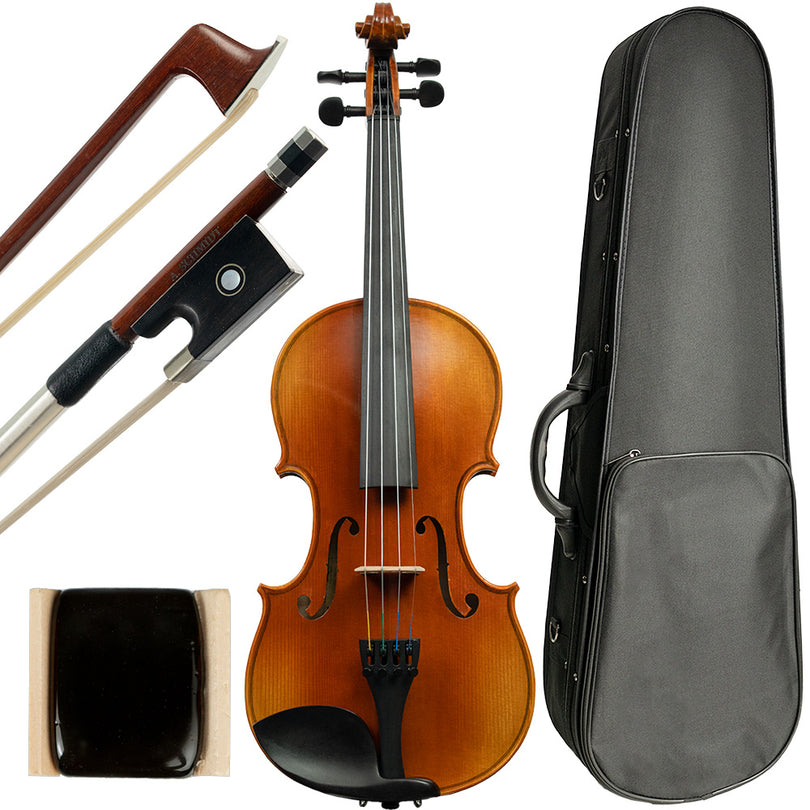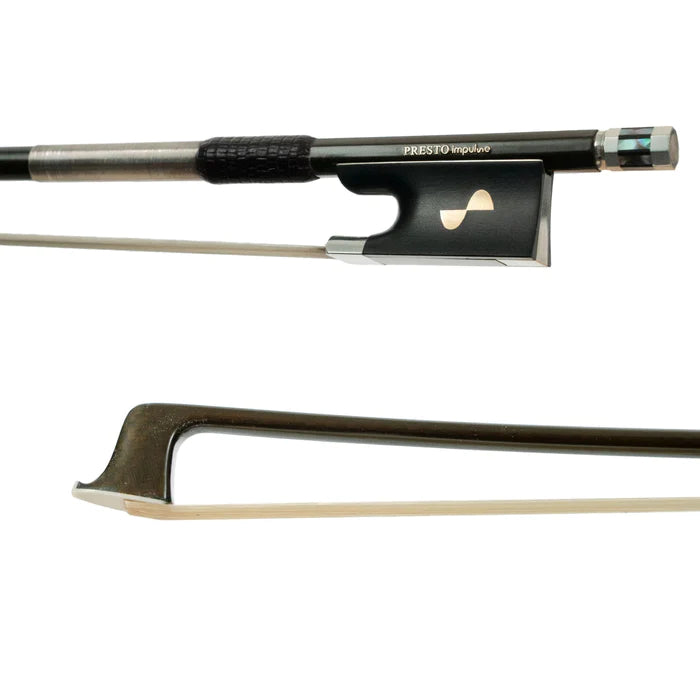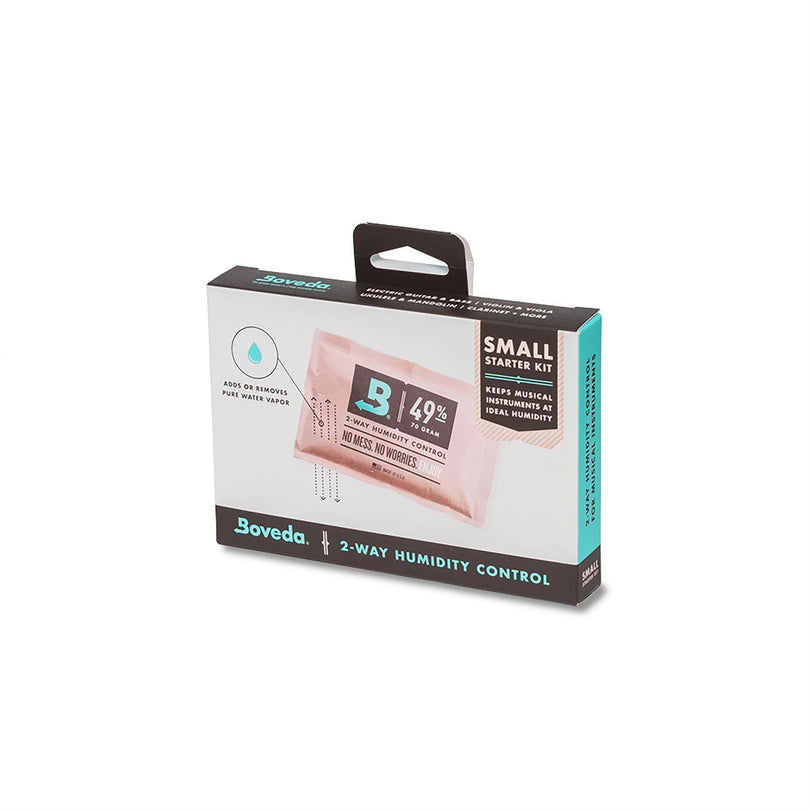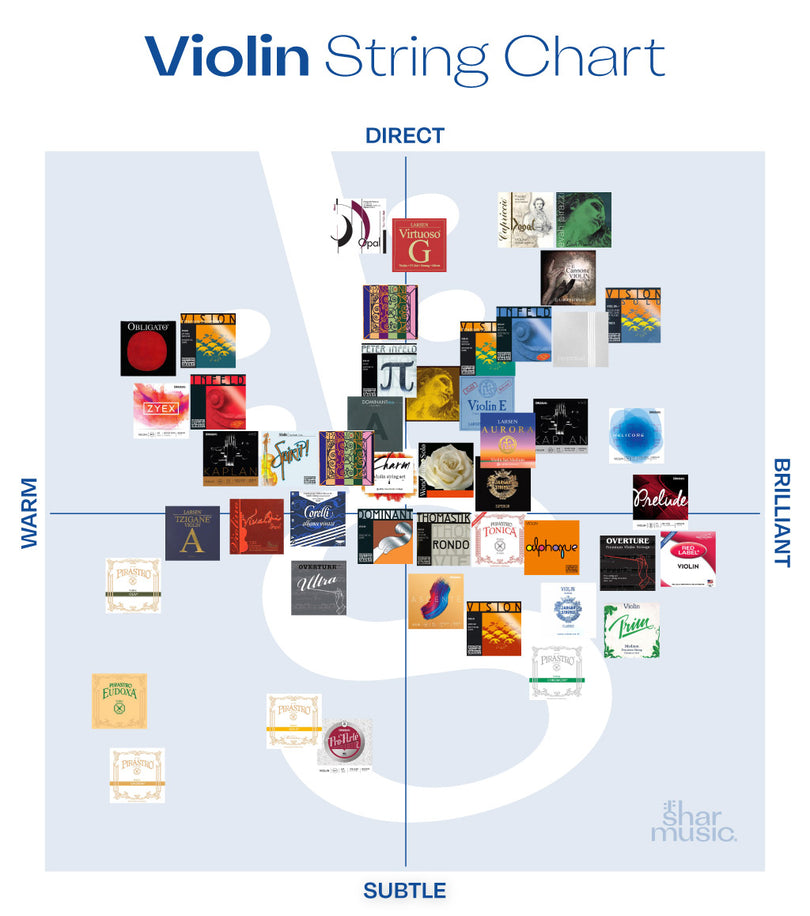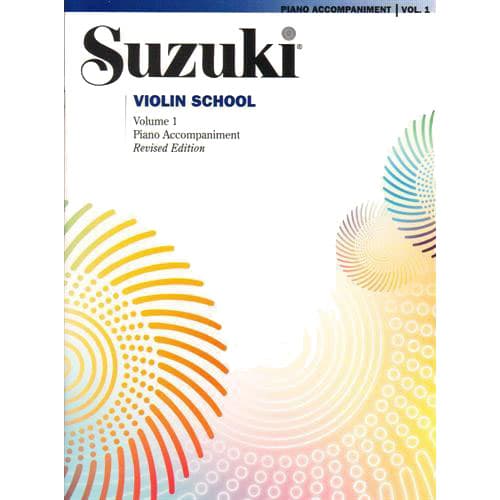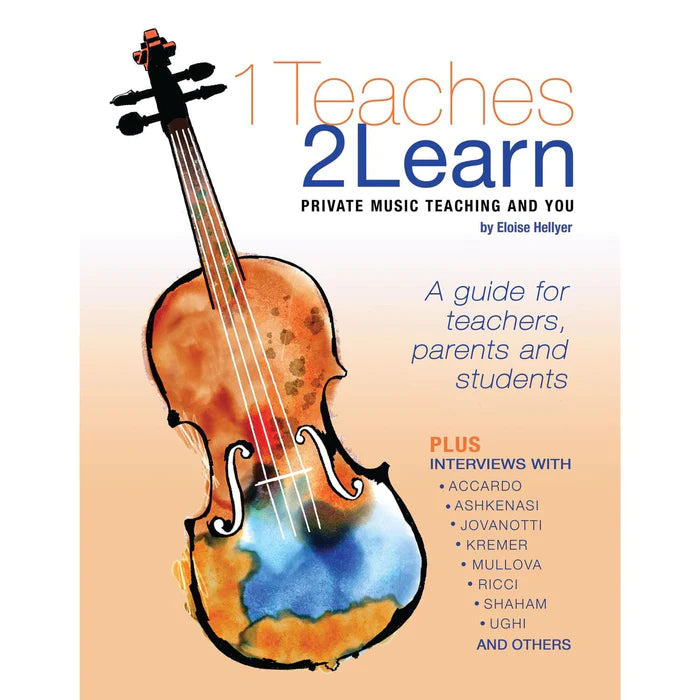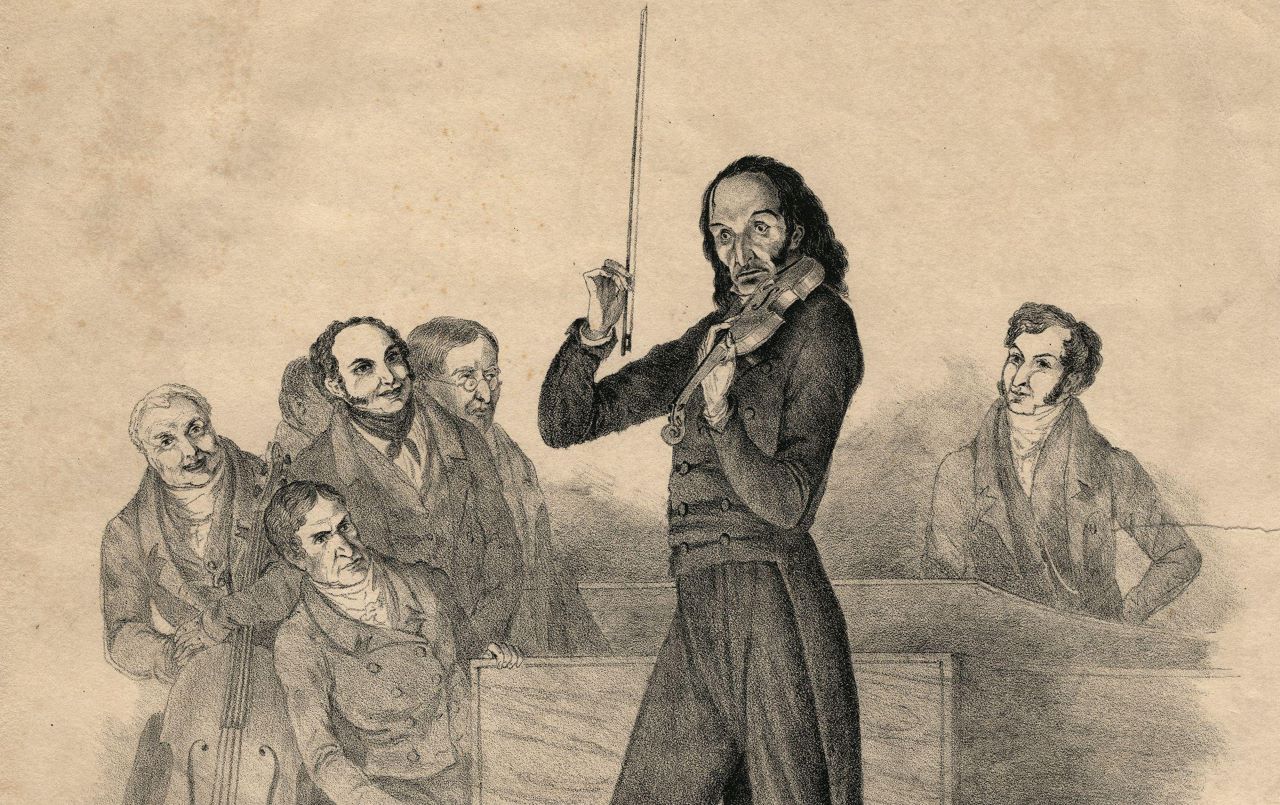The most recent auction price for a Stradivarius violin was a whopping $15,00,000. Yup, you read that right, 15 million dollars. For reference, that amount of money could buy you one of Kylie Jenner’s newest mansions or 15 brand new Ferraris! Obviously, 15 million dollars is an exorbitant amount of money to spend on a violin, but the biggest question is why. Why would someone assign that much value to what you might see as a curvy wooden box with strings? Well, it’s all about the wood, the maker, the craft, and *get ready to put on your French accent* the provenance.
Let’s start with the wood. Most high-quality violins are made with a combination of maple, spruce, and ebony, and each type of wood is chosen for a specific reason. The top plate of a violin is usually made of spruce, which is preferred by violin makers because of its unique properties as a light, stiff wood that is also flexible. Because of these qualities, spruce is also very acoustically resonant, which makes it perfect for the top plate of the violin as well as the bass bar and soundpost. On to maple! Now, many of us think of maple as the tree that gives us that delicious syrup for pancakes or the tree with the beautiful fall colors, and yes, that is the same maple we’re talking about here… kind of. There is a huge variety of maple trees around the world, and in the world of fine instrument lutherie, there is a slight preference towards the European maple variety. Violin makers like to use maple for the back plate as well as the ribs of a violin due to very scientific reasons: tradition and aesthetics ha! Maple is known for its beautiful grain pattern, and depending on the exact cut of wood, this can become a beautifully flamed (the alternation of dark and light grain patterns that are enhanced by varnishing techniques) back plate. The last wood that is commonly used is ebony. Ebony is an extremely dense wood that can withstand even the most articulate and passionate violin players, which is why it is the most popular choice for the fingerboard. It is also commonly used for the pegs, tailpiece, and chinrests because of its resonant quality and durability.
Now, how does this all relate to the average person who does not have an extra 15 million dollars laying around? The main thing you have to consider is what is best for you. If you are a beginning violinist, you probably don’t need to be spending a ton of money on your first instrument. However, this does not mean that you should go to your favorite auction website and buy the cheapest thing you see. Many of those violin-shaped objects (VSOs) are poorly set up curvy wooden boxes that are not actually playable and will end in either your student quitting because of the horrible sound coming out, or hundreds of dollars in repairs from an actual luthier. As long as you go to a trusted violin shop that has clear quality standards, you should be good to go. For example, Shar Music’s Franz Hoffmann line is a perfect violin for beginners and an excellent place to start when looking to buy a violin for the first time. The line has a range of seven unique levels of instruments that is sure to suit the needs of any beginning to intermediate student. Each instrument is individually checked for quality and optimal playability to ensure that even a slightly squeaky beginner can sound good!
If you are an advanced, pre-professional, or even professional player, this is when things can get expensiveeee. The cost of a violin is affected by a couple different factors including the maker, the country of origin, and the people who owned it before you (provenance). While these things are important to consider when buying an instrument, they’re most important for the value of your investment. A violin that is made by a famous maker in a well-known violin-making country and has been played by a famous performer is sure to be the most expensive option and also the most likely to appreciate in value over time. When those three factors line up, you’re almost guaranteed to have a winning instrument, which is why many professionals look to check all of these boxes. If you’re willing to take more of a risk (or just want to save a little money), try aiming to check just one or two of these categories. A violin does not have to be extremely valuable to have an excellent sound, but finding that combination might take a little extra legwork on your end or guidance from a fine instrument specialist. At the end of the day, the best violin for you just needs to be exactly that--- the best violin for you. Every player has their unique preferences in terms of what they look for in sound quality, size, projection, and tone, and finding the ideal combination can be a long, but ultimately satisfying journey.
If you’re looking for a little advice from someone who’s been on the violin hunt, start at the lowest end of your budget and just work from there. You can always expand your budget if it feels like nothing in your original budget is sounding the way you want, but it can be tricky to go down a budget tier if you start too high. In general, more expensive violins do sound better, but there are always exceptions, which is why it’s always good to go instrument shopping with another pair of trusted ears. Take a teacher or friend or ask your local violin shop if they have someone who can guide you through the process. While it can seem daunting, finding your next instrument is just a metaphor to finding your musical voice, so take your time and enjoy the journey!
We hope that this article was helpful and cracked open a few of the secrets that surround the expensive world of violins. Let us know in the comments what else you’d like to learn about and if you’ve ever been in the presence of a super expensive instrument!
(This article has been mostly geared towards the masses who don’t have millions of dollars just sitting around. However, if you are a violinist and have some extra birthday money that amounts to a few million dollars, check out instruments by Stradivarius, Guarneri, or Amati. If your savings are not in the millions, but merely in the hundreds of thousands, check out instruments by Vuillaume, Scarampella, or Maggini.😉 Happy shopping!)

